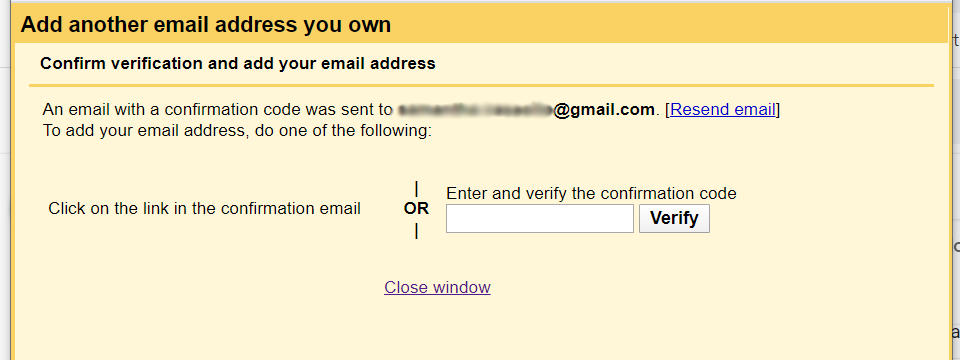

Throughout time, we’ve learned that spring cleaning the Inbox takes a lot of time, especially when you don’t even know where to begin. This can only help you as much, so let’s proceed to handle this more surgically. Using this screen, you can review deleted email messages that you haven’t yet removed, spam and attachments, and large files.īy clicking each item, you’ll be able to review what Google thinks you might want to get rid of, and you can decide whether to delete them individually or all at once. The Storage Management page can provide you with a good overview of what is taking up space. Make use of the Google Storage Management tool So, if you wish to free up space with that service, you can. Having identified which service makes use of the largest amount of storage, you can configure the service accordingly. When you go to the Drive storage page and select “View details,” you’ll see your total storage and your used storage as seen here: The storage of Gmail is analyzed as follows: It’s essential to analyze your Google Drive, Gmail, and Google Photos space distributions so you can manage your Gmail account’s storage space. To avoid spending weeks on this task, we have a couple of pieces of advice that will help you:ġ. However, considering that Gmail usually can be filled only by thousands of emails, it will be quite hard to distinguish important letters from useless junk, small items from big attachments, and so on. Practically, getting some storage space back can be done simply by deleting trash items, spam, old newsletter, and useless emails, which sounds simpler in theory than in reality. Will deleting emails free up Gmail storage What happens to your files when you breach the limit? What happens with Gmail if the Storage limit is reached? What counts toward the Google Storage limit?


 0 kommentar(er)
0 kommentar(er)
